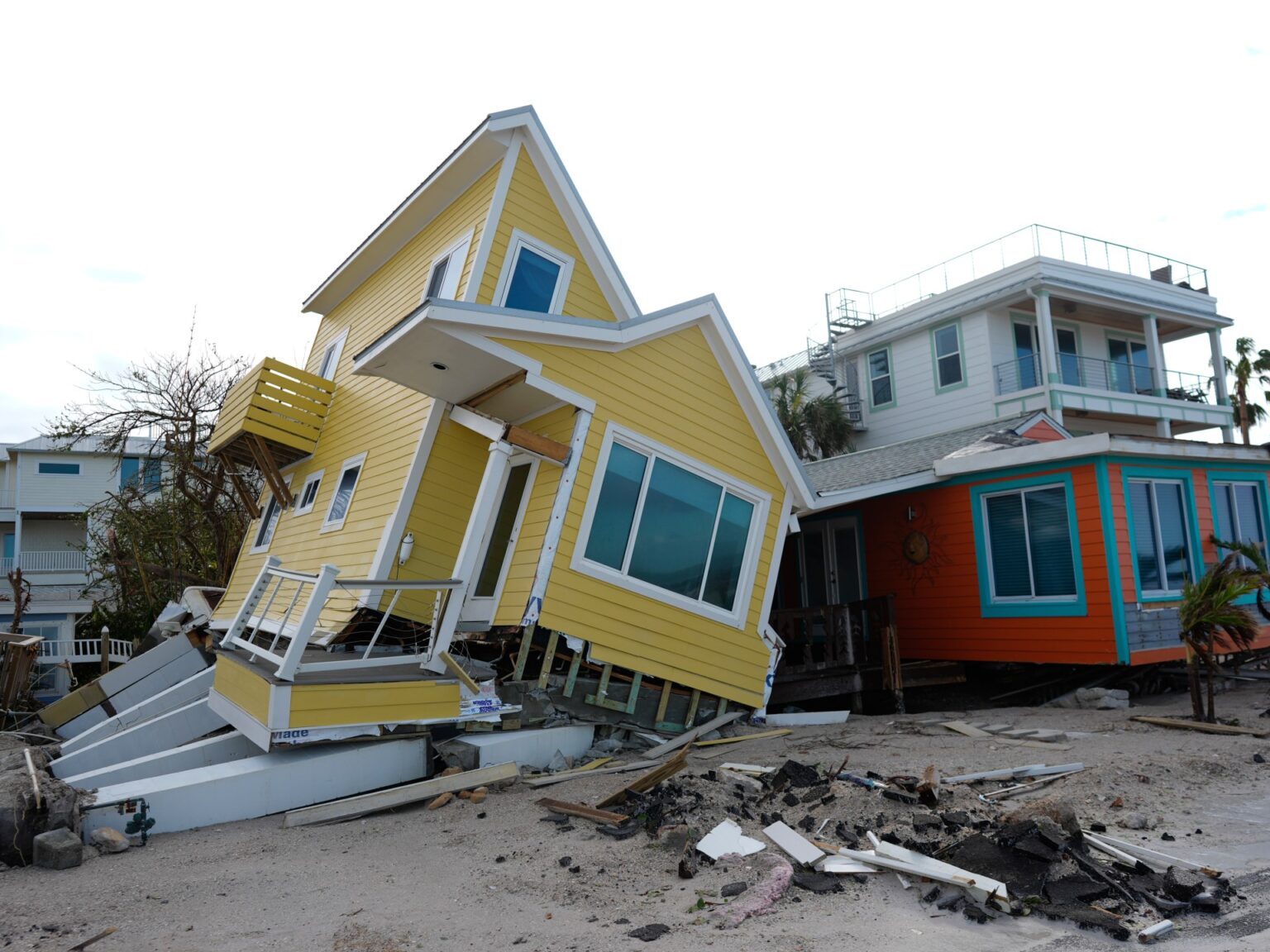Hurricane Milton is barreling into the Atlantic Ocean after ploughing across Florida.
Milton caused at least five deaths and compounded the misery wrought by Hurricane Helene two weeks ago, while sparing the city of Tampa a direct hit.
The storm weakened in the final hours, making landfall late Wednesday as a Category 3 storm in Siesta Key, about 70 miles (113km) south of Tampa.
The storm knocked out power to more than three million customers and whipped up a barrage of tornadoes.
While it caused a lot of damage and water levels may continue to rise for days, Florida Governor Ron DeSantis said it was not “the worst-case scenario.”
Jennifer Francis, senior scientist at the Woodwell Climate Research Centre, told Al Jazeera that the powerful storms experienced by the US southeast in recent years are partly a result of man-made climate change.
“By putting so many greenhouse gases, carbon-containing gases, into the atmosphere that trap more heat by the surface, most of that heat goes into the ocean,” said Francis.
“And we know that heat in the ocean is the fuel that these storms feed off of. What this extra energy does to these storms is make them stronger, it makes them intensify more rapidly, [and] the evaporation from the extra warm water provides more moisture for them to use as rain – and we’ve seen the very heavy rain totals coming out of these storms,” she added.
https://www.aljazeera.com/gallery/2024/10/10/photos-3-million-lose-power-as-hurricane-milton-makes-landfall-in-florida?traffic_source=rss


